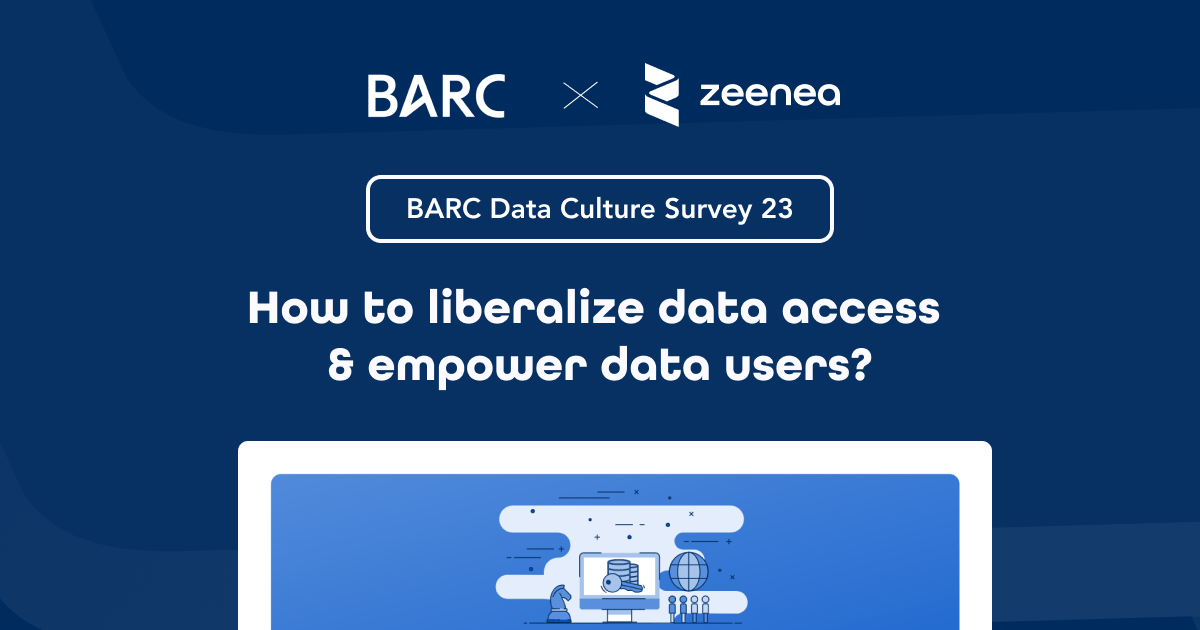Data Silos Suck. Here’s How to Break Them Down.
Teresa Wingfield
December 1, 2022

Data management issues are common among businesses today. These issues have had a direct negative impact on marketing departments, with over 60% of CMOs agreeing that gaps in marketing data and analytics (D&A) and marketing technology are hindering strategic growth strategies. Data and systems stored in silos represent a huge problem for data managers, who are unable to access critical data that they need to deliver a great customer experience (CX). At a time when customers are more likely than ever to try a new brand after a bad buying experience, ensuring that data is freely accessible to those who need it is mission-critical for businesses to drive revenue.
Let’s take a look at the problems faced with siloed data, how to break these silos down, and explore the benefits of a fully connected data enterprise.
The Problems in the Silo
To understand the problems with data silo challenges, it helps to understand what a data silo is. A data silo is any independent repository of data within an organization. A key characteristic of a data silo is that only a small group of people can access it. This can occur when independent business units, with their own objectives and IT budgets, maintain different versions of data. For example, sales may keep its data on customer buying trends separate from the customer service team’s customer data which includes messages, feedback, and returns.
This fragmentation leads to duplicate data, data integration issues, and, more importantly, has negative impacts on the broader organization. Data silos slow down productivity, hinder business agility, and frequently paint incorrect pictures of customers, leading to a poor CX. Also, IT teams often hoard data and create silos to receive a greater share of the IT budget.
Businesses need a plan to assess where data silos exist and how to knock them down. This takes thorough analysis, cultural change, and an infrastructure for data management that can support enterprise needs.
Break Down Data Silos
The first step for any business to break down silos is to take a holistic look at its culture. Without interdepartmental collaboration and cooperation across the business, there won’t be the opportunity to share data for analysis. Only in a unified setting can a data silo truly be broken down.
Businesses must establish a company-wide data model that all relevant stakeholders in the organization can easily access and use. A standard model helps inform businesses on next steps and analyze customers, whereas a lack of standardization (including data-usage policies, processes, and controls) can lead to a patchwork of datasets used in disparate ways.
Once a company establishes standards and builds a collaborative culture, businesses should implement a data platform solution that can scale and grow with the organization.
Benefits of Effective Data Platform Solutions
When data is trapped in spreadsheets, databases, data warehouses and applications, it can be nearly impossible for IT to prepare for future growth and innovation, making it even harder to spin up new projects. An effective data management platform must be able to break down silos and unlock the full potential of data for analytics, reporting, automation, and developing mission-critical insights.
The Actian Data Platform allows businesses to unify disparate data for business decision-making to drive efficiency and growth. The Actian platform includes data integration to extract data from multiple data sources. From there, the Actian platform combines that data to give users a single pane view for insights and analysis.
Break free of siloed, stale, and incomplete data, routine reporting and harness real-time data and analytics to fuel faster innovation, scale your processes, and shift direction on a dime. Silos suck, but together with Actian, you can unify siloed data and get more value from your data.
Subscribe to the Actian Blog
Subscribe to Actian’s blog to get data insights delivered right to you.
- Stay in the know – Get the latest in data analytics pushed directly to your inbox.
- Never miss a post – You’ll receive automatic email updates to let you know when new posts are live.
- It’s all up to you – Change your delivery preferences to suit your needs.
Subscribe
(i.e. sales@..., support@...)















